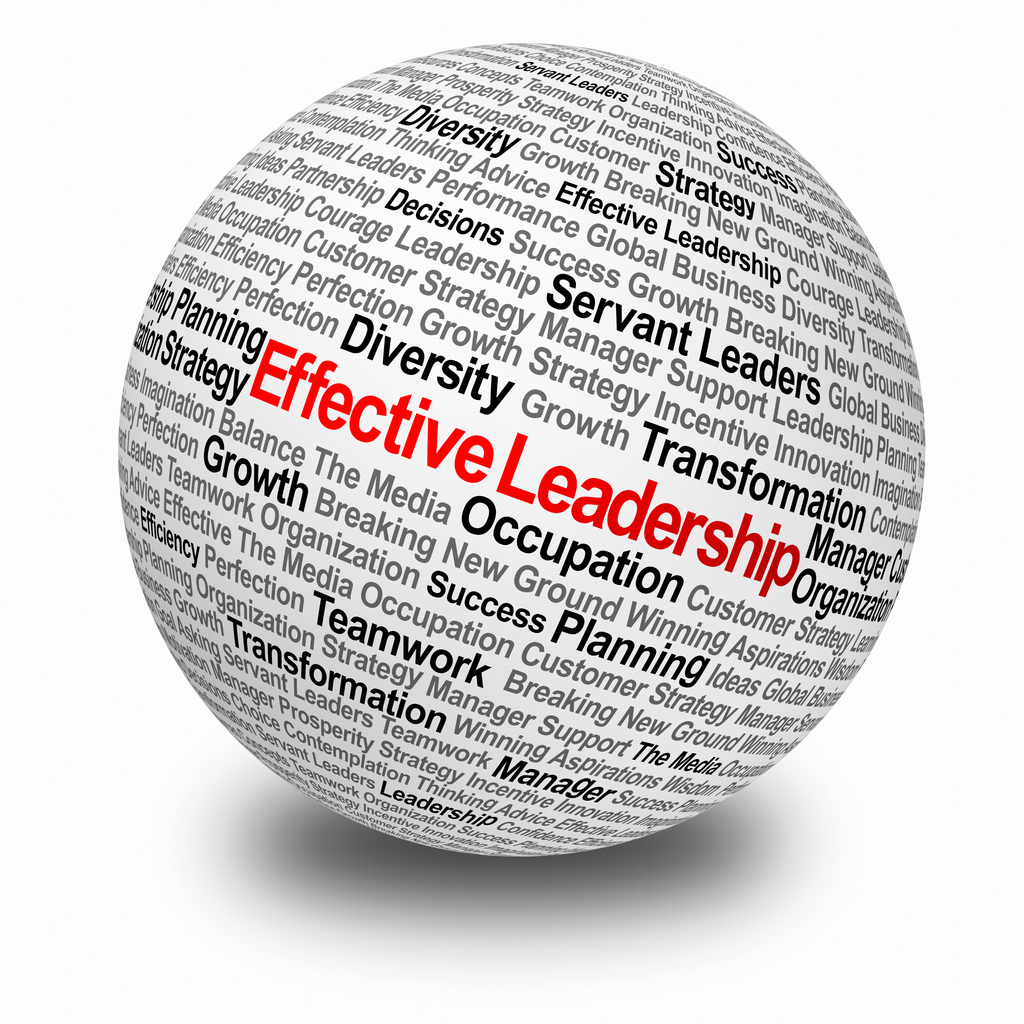Table of Contents
Toolkit for Servant Agile Leadership – Inspire Innovation!
A lot of individuals initially interpret the roles of Scrum Master and Product Owner as leadership positions with conventional managerial responsibilities. But the Scrum Master and Product Owner takes on the duties of Servant Leaders who assist the team in organising itself instead of giving particular directions to the team members.
You are curious about how a “serving leader” leadership style can function and its benefits. To help your team thrive, you will get an extensive explanation of servant leadership in this article.
Who or What is a Servant Leader?
It is a way of being and a set of actions that improves people’s lives, helps organisations grow, and eventually makes the world more fair and empathetic. It’s an innovative method of being and doing things that can improve society. Collaboration, trust, empathy, and the ethical use of power are the main focuses of servant leadership.
About exactly servant leadership is:
- Serving others rather than yourself
- Not employing titles to lead
- Persistent leadership
- Encouraging growth and the highest performance possible in others
- Benign management of team members
- Fostering true team ownership
- Maximising a team’s power as a whole
Service-leadership and the Agile Manifesto
The Agile Manifesto also has a few of those characteristics of servant leadership. The tenets of “individuals and interactions over processes and tools” and “customer collaboration over contract negotiation” plainly emphasise the significance of collaborative engagements, serving others (the team members) rather than yourself, and improving team performance through encouraging individual development.
The Agile Manifesto’s tenets define servant leadership as follows:
“Build initiatives around motivated people. Trust them to complete the task and provide them with the required environment and assistance.
Throughout the project, “business people and developers must collaborate daily.”
Becoming a servant-leader as a scrum master
Under the Scrum Guide, the Scrum Master is the team’s servant-leader. A Scrum Master is a master at uplifting, encouraging, and energising people to function collaboratively as a team and reach their full potential. They are not the team’s master. A scrum master is a servant leader who prioritises the team’s needs and those they work with the customer to attain outcomes consistent with the company’s values, guiding principles, and strategic goals.
The Scrum Master is liable for the following as a servant-leader:
- Developing Scrum as a servile process rather than a dominating approach;
- Aiding the development team in becoming self-organised;
- Directing the group via productive discord and debate;
- Mentoring, coaching, and training the organisation and team to adopt and use Scrum;
- Protecting the group from outside dangers and commotion;
- Assisting the group in recognising, eliminating, and avoiding impediments;
- Promoting, helping, and facilitating the team’s ability to realise its full potential;
- Enabling transparency via the distribution of knowledge, such as through the daily Scrum, reviews, and a visible workplace;
- Making sure the team maintains a collaborative culture.
The following are some benefits of applying servant leadership in an agile setting:
- Increased employee engagement results from servant leaders’ capacity to foster a helpful and supportive work environment.
- Improved team collaboration results from servant leaders allowing their team members to decide their destinies and take charge of their job.
- Increased innovation: Servant leaders foster an innovative culture by motivating their team members to take chances and try new things.
- Improvements in consumer happiness.


Leveraging a Team’s Collective Power
To enable the greatest possible team performance, servant leadership focuses on the requirements and development of team members. Essentially, serving leadership is a management concept that emphasises the success of both teams and employees over managers’ requests.
Employers may recruit and keep top talent by putting the concepts of servant leadership into practice. This increases employee commitment to their jobs. It is a style of leadership based on the idea that good leaders are dedicated to developing a group of workers who develop into selfless servants.
Foster collaboration and employee engagement
Putting people at the top and giving managers the job of serving their staff and company turns the organisational hierarchy on its head. In agile organisations, managers and managers work together to enhance an accountable structure that benefits both managers and employees. Teams within a company grow and serve using the agile working method, improving performance and customer service.
Servant Leadership and Traditional Leadership: Key Differences
| Traditional Leadership | Servant Leadership |
| Traditional leadership emphasises developing the organisation. | One person leads the community through a system of hierarchy and power. |
| Result-based success evaluation | The growth and development of people acts as an indicator of success. |
| Conventional leaders communicate more | Servant leaders give greater attention. |
| One person employs a system of hierarchy and authority to manage the group. | Adopting a more streamlined framework while sharing power with the team |
How Does Agility Utilise Servant Leadership?
Agility and servant leadership work well together. Agile only succeeds with leaders who are dedicated to allowing team members. Having everyone on a team focused on the priorities enables true business agility. You need bottom-up autonomy and empowerment.
The leader takes on the responsibilities of a project manager, a product owner, or a scrum master in agile organisations. They involve fostering an environment that inspires individuals to produce genuine value. The team leader encourages them to be more independent and free to work on original and unexpected ideas rather than providing the team with precise instructions on what they should do.
Because of this, servant leadership is extremely important. A manager who thrives on micromanaging or abusing their position of power and authority for personal gain will completely negate the advantages agility offers.
Conclusion
In the agile companies of tomorrow, future leaders will use their control to help their teams. We need to reinvent leadership as the world changes more and more. You’ll need the right tools to arm you with the skills and talents required for the role of an agile leader if you want to be one.
The greatest service you can perform as an Agile servant leader is to listen with the goal of understanding, to give everyone your undivided attention, and to concentrate on the feedback loops essential to the Agile process’s productivity and success.



